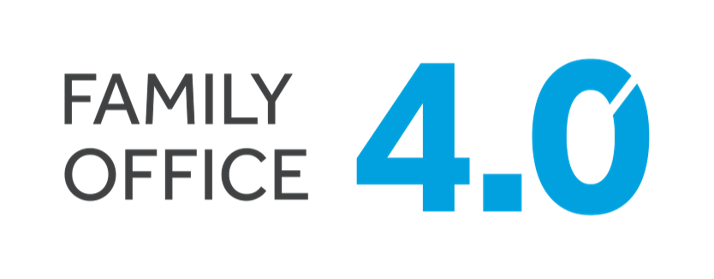Reports That Show the Full Picture
A consolidated and accurate presentation, with the capability to provide underlying details on demand, allows the family principal, or his or her professional advisors, to effectively analyze total performance of the investments. A comprehensive analysis includes deliberation on:
- Asset Allocation
- Investment Returns
- Expenses
- Cash Flow
- Tax Planning
A dynamic accounting and investment management system is one that is capable of generating summary and full reports that aid performance analysis such as:
- Income Statement
- Balance Sheet
- Statement of Cash Flows
- Portfolio Performance (summary of performance over a certain period of time, at an entity, account, strategy or individual security level)
- Holding Statement (summary and details of holdings, sorted and grouped as per user preference, and comparison with a pre-decided Investment Policy Statement)
- Gain and Loss Statement (Realized and unrealized gain and loss report which can be used for tax planning and optimization)
- Comprehensive and automated reconciliation of system data with custodian or broker data.
In addition to basic financial statements, the system should be equipped to produce detailed investment-related information in a comprehensible and well-structured format. It should be able to calculate metrics such as internal rate of return, standard deviation, and capital account value. (Key investment risk and return valuation measures are addressed later in the handbook).
The system should also be able to output data that can be easily filtered and sorted for preparation of regulatory filings and tax preparation.
The following sections contain suggested best practices to establish standard processes and procedures for accounting, reporting and monitoring of investments.





